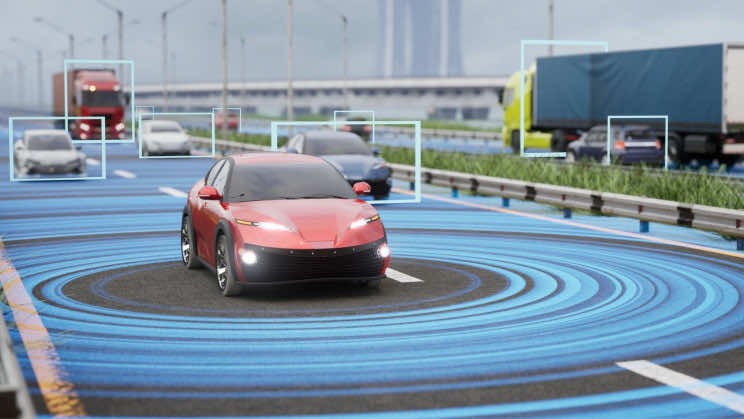The new advancement might suffice for the lack of performance in autonomous cars while allowing the autonomous tech to grow further.
The first of its kind light detecting device is developed at the University of Texas, Austin, and the University of Virginia, it aids in rapidly amplifying weak signals bouncing off-of objects at a distance and as a result, improves autonomous driving vision for better safety and performance. The work on the newly developed device is outlined in the Journal Nature Photonics. The tech comes in enhancing autonomous driving vision sight for a lot safer performance.
A highly sensitive LiDAR System is such that it would also increase the capabilities of robotic vision and digital mapping technologies while also up-scaling the autonomous driving systems for greater future performance.
The difference
The new pixel-sized LiDAR System outperforms the previous tech aided by a staircase-like alignment that increases the electrical current for enhanced performance in light detection, increasing the receiver’s capability that is used in autonomous cars, robotics, and surveillance, as mentioned in the researcher’s study.
The tech allows for a more comprehensive picture for a vehicle’s in command computer and also ditches the noise and inconsistencies that come in the way decreasing the performance of the self-driving system.
The sensitive LiDAR System is a physical flight of stairs developed to exploit the photoelectric effect, the electrons roll down those stairs in a crashing action that as a result releases sufficient energy to free another electron, hence, each step of the stair sees multiplication of the electrons. The flow of electrons in abundance, as a result, makes the signal from the device more dependable and stronger, making the future autonomous systems safer to use.
Another amazing catch of the new tech is the ability to perform at room temperature, unlike other sensitive light detectors which have to be kept at hundreds of degrees below zero to keep them functioning for good.
“The less random the multiplication is, the weaker the signals you can pick out from the background,” Seth Bank, professor in the Cockrell School’s Department of Electrical and Computer Engineering, explained in a press statement. “For example, that could allow you to look out to greater distances with a laser radar system for autonomous vehicles.”

